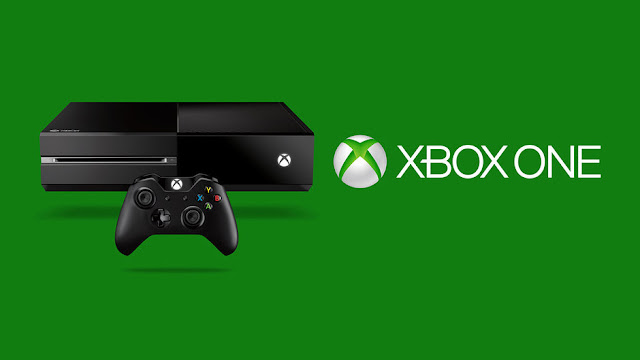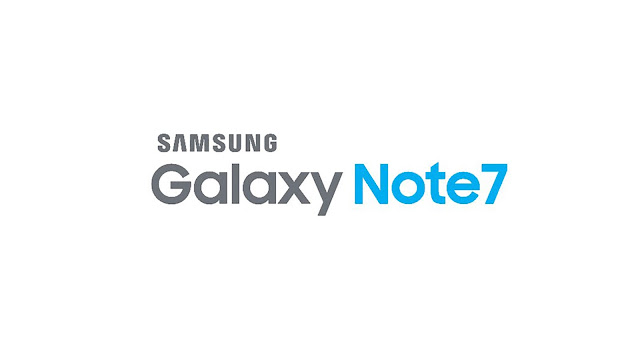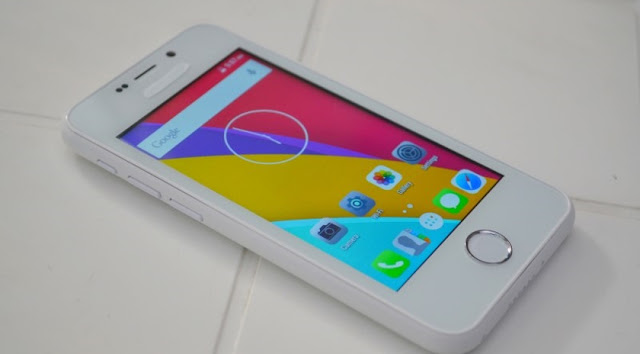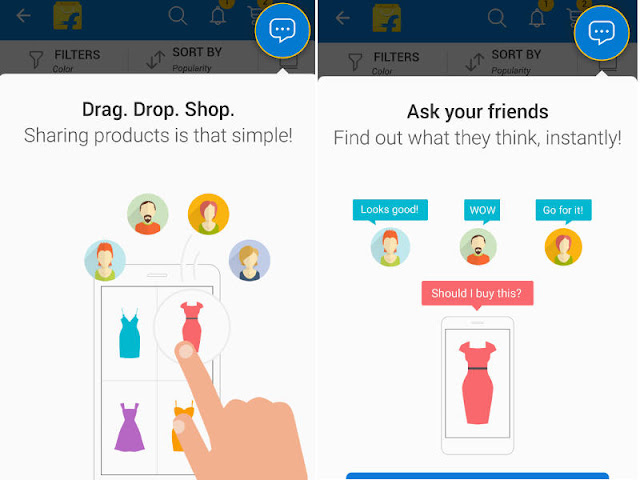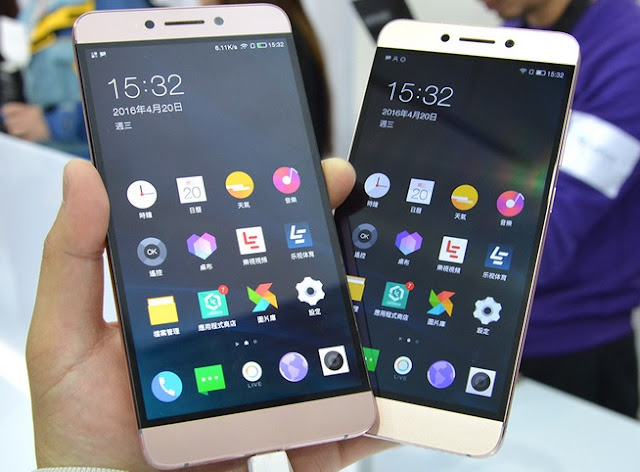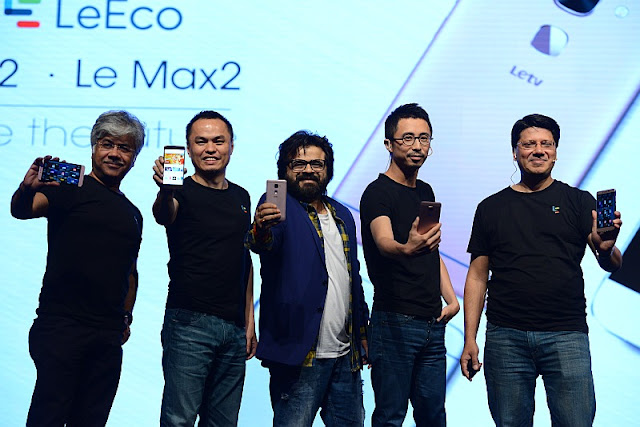Third time's a charm, right? Well that's what
OnePlus seems to have done with its third-generation flagship smartphone, the OnePlus 3.
True to its 'Never Settle' mantra, OnePlus is pushing forward with its 'flagship specs for half the price' marketing plan, and with the new OnePlus 3 all seems right.
After the initial breakout success of the
OnePlus One in 2014, the follow up from the Chinese outfit was a little lackluster, with the
OnePlus 2 failing to reach the same heights as its predecessor. And then came the
OnePlus X which wasn't bad for its standards.
The company recently announced the end of its highly-criticized invite system, and has now launched the phone that it hopes will take it into a new future of easy availability of its affordable flagships, the Rs. 27,999 OnePlus 3. On paper, this phone is an absolute beast, and appears to have what it takes to challenge the set conventions of flagship pricing.But does the OnePlus 3 have what it takes to succeed? Find out in my review.
In the Box
Opening the box will reveal the OnePlus 3 inside a protective plastic wrap, with some printed details about the phone.Then we have a quick user guide and a SIM ejector, and finally, the powerful new Dash Charger and a USB-C cable for charging and syncing the phone.
The Dash charger is an interesting new addition. It's a super-powerful 20-watt (5 volts, 4 amps) wall charger that is protected against overheating and delivers up to 63% of charge in just half an hour.
Look And Feel
Similar to the OnePlus 2, the design of the OnePlus 3 impressed me! The OnePlus 3 implements one big change that makes all the difference in lending an air of quality to the phone; the plastic rear panel with sandstone finishing is finally gone; though many loved it, it has been replaced by a cold, hard aluminium back. Furthermore, it's a unibody with a dull metallic finish, and reminds me a little bit of the
HTC One M9 thanks to its antenna lines and bulging rear camera. It's beautiful, well-built, and finally brings OnePlus into the big leagues of design.
For sandstone finish lovers OnePlus also give you an option to buy five optional plastic cases that you can buy along with different looks and finishes: Karbon, Bamboo, Apricot, Rosewood and Sandstone.
Front-on the OnePlus 3 isn't anything special - it's a relatively standard black slab coated in Gorilla Glass 4, with the main feature being the indented fingerprint scanner-come-home-button oval below the display. The OnePlus 3 has a 5.5-inch 1080p Optic AMOLED display with 2.5D curved Corning Gorilla Glass 4 protection. There is however a polarising layer that assists legibility under bright sunlight. Although it isn't as crisp as the 1440x2560-pixel screens on many flagship phones these days, it's suitably sharp and will give you an excellent picture.
The fingerprint scanner is much quicker at recognizing your digits and unlocking the OnePlus 3 than it was on the OnePlus 2, with a quoted time of just 0.3 seconds. While I can't vouch for the exact speed I can see that it's impressively quick, and I didn't have any issues when using it. OnePlus says it's faster than Apple's Touch ID, and I'm inclined to agree.
Either side of the scanner you'll find touch-sensitive navigation keys which are only visible when tapped, with a single white LED illuminating for a couple of seconds before disappearing into the bezel. This unit I received came with a preinstalled screen protector film, but it doesn't completely cover the front. Fortunately you can remove it pretty easily, and it doesn't leave any nasty residue on the glass - but you're unlikely to get the bubble-free finish if you try to re-apply it, so make sure you really want it gone before peeling it off.

Along the left side of the 7.35mm-thick OnePlus 3 are the volume rocker and notification slider. The latter has three positions: all notifications, priority notifications and silent, enabling you to quickly adjust the setting without waking the screen similar to the OnePlus 2. Then we have the power button and dual-SIM tray on the right, and the speaker, USB type-C port and 3.5mm socket at the bottom - OnePlus certainly isn't ready to ditch the 3.5mm jack just yet
The buttons are well positioned, and as long as your hands are big enough to grapple the OnePlus 3 you'll be able to hit them without issue when using the phone one-handed.
Specifications
The OnePlus 3 is absolutely packed full of power with Qualcomm's top of the range Snapdragon 820 processor, which is also found in the HTC 10, LG G5 and the American variant of the Galaxy S7. Not only does the OnePlus 3 have this SoC clocked at 2.2GHz for two cores and 1.6GHz for the other two cores, but it also sports a enormous 6GB of LPDDR4 RAM and 64GB of internal storage (non-expandable).
Apart from this, there's also dual-SIM 4G connectivity with support for both FDD-Band 3 and TDD-Band 40, Wi-Fi a/b/g/n/ac, Bluetooth 4.2, and NFC. The phone has a 3000mAh non-removable battery, and is the company's first device to feature some kind of fast charging technology. It comes bundled with a 20W Dash Charger, which charges the phone up to 60 percent in 30 minutes. About an hour's charging should fully top up your phone even from near zero.
The technology shifts power management from the device to the charger, which ensures that the phone doesn't heat up too much while charging. I tried it, and it worked like amazingly. This also means that it's possible to keep using the phone while it's charging without slowing down the charging process too much. Charging and connectivity are through a USB 2.0 Type-C port, and the cable included in the box allows for ordinary connectivity with most computers and chargers thanks to one end being a standard USB Type-A plug.
It's interesting to note that OnePlus will also be selling a Dash Charger for cars, which plugs into a standard 12V car socket. It surely will be a useful accessory to buy if you spend a lot of time on the move.
On the software front, the OnePlus 3 is powered by OxygenOS 3.1.1, based on Android 6.0.1. OxygenOS is visually and functionally very similar to stock Android Marshmallow, with a few useful additions. Despite not being quite as light as stock Android, it still retains the same level of ease and snappiness across the system. Additions come in the form of customization options, while most of Marshmallow's standout features have been maintained. This includes the revamped app permissions system, Now On Tap, and Doze Mode. OxygenOS also lets you quickly unlock the boot-loader, which will then allow you to root your device or flash new firmware if you choose to.
Camera
The camera on the OnePlus 3 is a huge improvement over the previous generation. The 16-megapixel Sony IMX 298 sensor primary camera delivers a good picture quality and features optical image stabilisation, phase detection autofocus and RAW image format support. You can also shoot 4K videos and slow motion at 120 fps. This is pretty much the standard on flagship phones these days.
The image quality is better than what you might find on the previous generation. For selfie lovers the 8-megapixel sensor with 1.4-micron pixels does the job with ease and it can also shoot videos at 1080p @ 30fps.
The camera app is Google's stock app which you'll find on Nexus devices. It's designed around simplicity and maximizing screen space for the viewfinder. Because of this, there's only a single shutter button for capturing stills, and recording video is a two-step process.

The settings menu controls specific settings related to only the mode that you're in, so you will have to switch modes to modify settings such as video resolutions and grid toggles. While shooting stills, you can change the aspect ratio or toggle the self-timer. There are also small controls for the flash, HD shooting, HDR mode and the camera switcher. It's fairly simple and easy to use, but we've seen better apps on other devices which offer more control.

The camera itself is particularly good when shooting outdoors in good light, producing pictures that are sharp and detailed, with very little noise and grain. Colors are vibrant, and pictures are bright and good to look at. Auto-focus can occasionally be a bit slow, but once it locks onto a subject or scene, pictures are generally well composed and properly rendered. Optical and electronic image stabilization both help in producing good stills and videos. The only weakness is low-light shots, which tend to over-saturate whatever light there is and become grainy.


Videos are excellent and detailed even at full-HD resolution, and you always have the option to go up to 4K if you want them sharper. Slow motion and time lapse modes produce interesting results, but more control over both of these, and possibly the inclusion of 240fps shooting, would have been great additions to the camera. The front camera takes surprisingly sharp pictures as well, producing much better results than what we're used to seeing from typical smartphones. On the whole, the camera is more than adequate for ordinary smartphone shooting.
Yes I wrote too much...Didn't read it all? Don't worry here's the verdict...
The OnePlus 3 boasts of some supercool hardware that makes it a steal at the price that it's sold at. The phones has no issues when it comes to the performance and battery back-up. The only downside is the display on the OnePlus 3 and a similar Android Marshmallow experience that you get on the OnePlus 2.
This is a phone which excels in every department, and OnePlus has even fixed the issues we had with reliability and build quality on some of its previous devices. The inclusion of important features such as NFC, an accurate fingerprint sensor, an excellent Amoled screen and fast charging also finally means that this is a phone that checks all of the boxes.
If you are looking to buy a flagship device and are not keen on spending in excess of Rs 30,000 on a phone then the OnePlus 3 is a no-brainer and it's still a flagship killer. OnePlus 3 is all the phone you'll ever need in 2016.
Follow Me on Twitter>>> @iamBhavish
And like us on Facebook>>> The Gud1
 Black Edition graphics cards are XFX's most rigorously tested graphics card. They are pre-overclocked to the maximum core clock achievable and come from the highest quality yield GPUs which make up the top 1% of those produced in the world. The combined value of the prizes is $810.
Black Edition graphics cards are XFX's most rigorously tested graphics card. They are pre-overclocked to the maximum core clock achievable and come from the highest quality yield GPUs which make up the top 1% of those produced in the world. The combined value of the prizes is $810.



